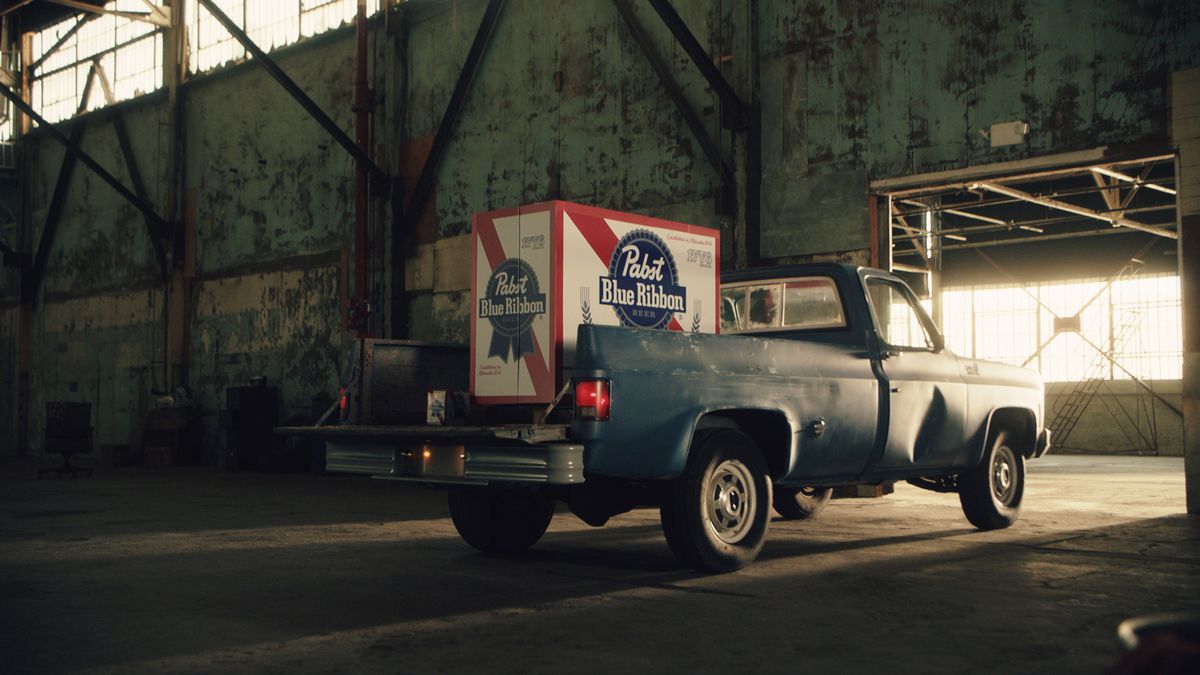Solara Natural Red, Romania 2019 (£10.50, noblegreenwines.co.uk) The back-to-basics natural wine movement has had an enormous impact on the way wine is made and sold in the past couple of decades. As I wrote in these pages back in April, having long resisted any attempts to pin down exactly what the term meant, some of the loosely defined, slightly anarchic group of producers that line up under the natural umbrella in France set out some rules for a new official category, Vin Méthode Nature last year. Grapes must be organic or biodynamic; yeasts must be wild (as opposed to commercially cultivated); and there are strict limits on the use of the preservative sulphur dioxide and other flavour- and texture-altering techniques. Elsewhere in the world, things are more lax/tolerant (delete according to inclination), but there’s no doubt that what was a renegade minority alternative has become more and more accepted widespread, even corporate, with examples from pretty much every corner of the winemaking world, including this bright-and-brambly thirst-quenching red from the large Romanian firm, Cramele Recas.
Boegas Gratias Tinaja Bobal, Manchuela, Spain 2018 (£30, thesolentcellar.co.uk) Like many people I know in the natural wine movement (merchants and sommeliers as well as winemakers) I’m a little ambivalent about the sudden urge to formalize what had been more a matter of inclination and intuitions than a set of strictures. The best way of thinking about natural wine I’ve come across was set out by the American wine writer Roger Morris in a piece for The World of Fine Wine magazine last year. Morris says it makes most sense to see the movement and its wines as the product of a “school” or philosophy, like you’d find in the arts (cubism, say, or abstract expressionism), with a set of preoccupations and ways of doing things, rather than a list of dos and don’ts. Still, there are definitely certain techniques that natural winemakers are fond of, one of them being the use of that most ancient of artisan vessels, the clay pot, such as in Bodegas Gratias’s wonderfully complex, savoury-earthy Spanish red.
Davenport Pet Nat English Sparkling Wine, Sussex, England 2019 (from £22, thegoodwineshop.co.uk; buonvino.co.uk; stroudwine.com) Another style that sits under the broad natural umbrella is orange wine, ie wines made from white grapes given extra time in contact with their skins in the winemaking process, giving them a decidedly amber or “orange” tint. A style that was very much Old World (Georgia, North East Italy, Slovenia) is entirely international now: see the magnificently herbal-spicy, nutty, gently grippy, intense and stone-fruited Beckham Estate Amphra Pinot Gris 2017, from Oregon in the Pacific North West of the USA (£35.45, lescaves.co.uk) or another creditably refreshing, characterful example from Cramele Recas (Orange Organic Wine 2020; £12.50, tanners-wines.co.uk), which also shows it’s possible to make the style in more accessibly priced, commercial quantities. For a domestic take on natural, meanwhile, Sussex’s Davenport makes a fine example of the fashionably old-fashioned natural sparkling wine style, pétillant naturel, in which still-fermenting white wine is bottled, leading to a delightfully expressive, apple-and-elderflower tangy, juicy, soft fizz.
Follow David Williams on Twitter @Daveydaibach
January 03, 2021 at 01:00PM
https://ift.tt/3pNmdS3
Wines that keep it natural - The Guardian
https://ift.tt/31lUVcw
Wine

No comments:
Post a Comment